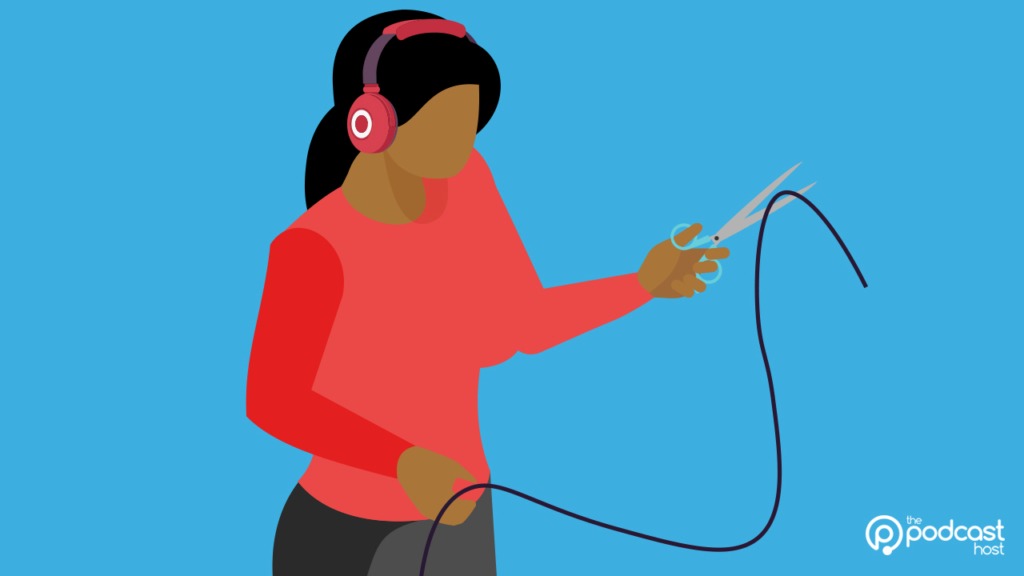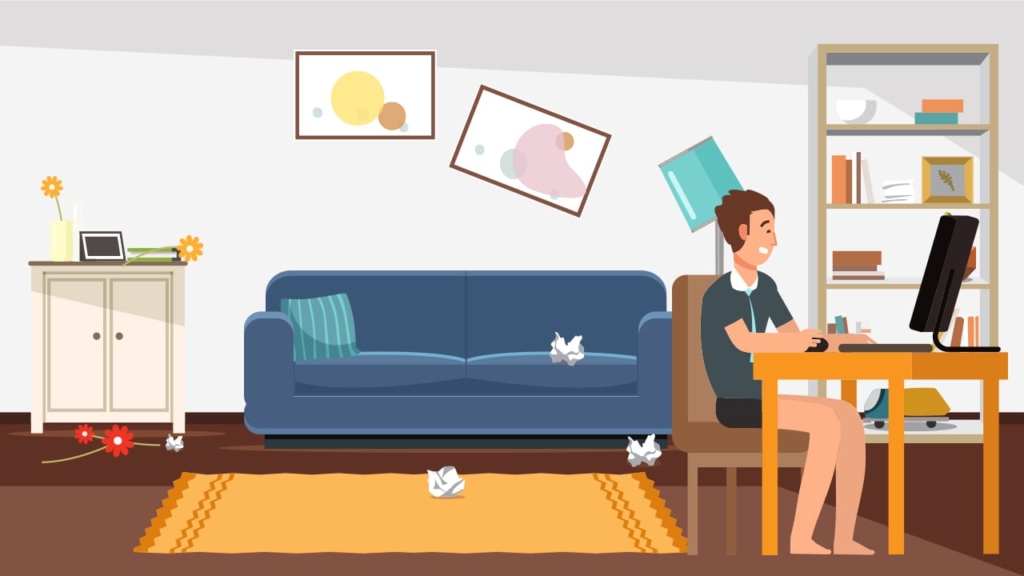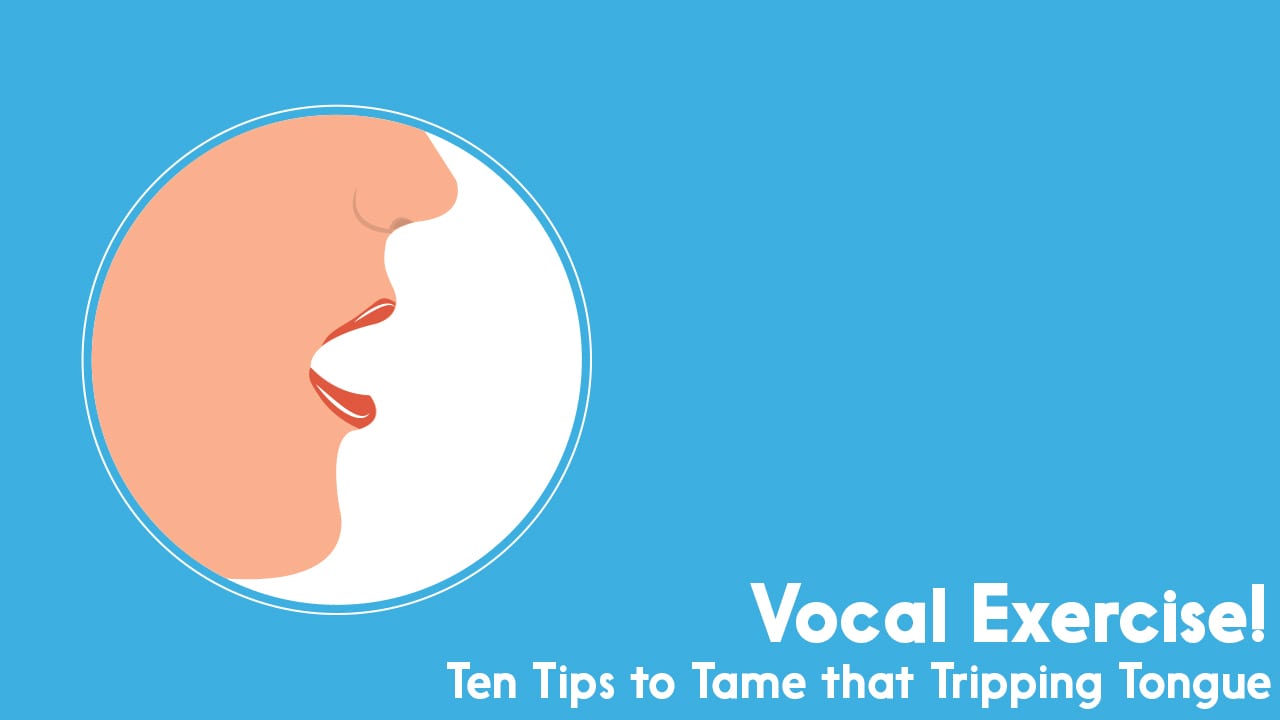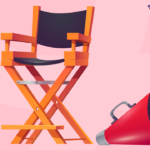How Much Editing Should I Do In My Podcast?
You’ve just recorded a 40-minute conversation for your latest podcast episode. You load it into your editing software and stare at the lengthy waveform.
What now? What should you take out? What should you leave in? There are no real “rules” here.
When considering “how much editing should I do in my podcast?”, you need to strike a balance between respecting the listeners time, the level of “polish” you’re serving up, and keeping the whole process sustainable so it can be repeated week after week.
So here are the key things to consider when it comes to weighing up exactly what needs done, and why.
Audio Tracks
Your editing freedom and flexibility depends on how many audio tracks you’ve recorded. If you do a solo show then this will never be an issue.
If you do interviews, or have one or more co-hosts though, then it’s a better idea to record everyone on an individual track (or channel) if you’re able to. There are plenty of easy ways to go about this, from ‘double-ender’ call recorder tools, to podcasting gear like the Zoom PodTrak P4.
If an entire conversation is on one track, and there’s a disruption at one person’s end, then it’s going to bleed over into the recording, on top of whoever else is speaking at that time.
If you have each person on separate tracks though, you can remove a disruption on one without affecting the rest of the audio.
Topping & Tailing
Topping and tailing simply refers to cutting out segments of audio at the very beginning and very end of your recording. You want to start your edit when the content starts, and finish it when it ends. Your listener doesn’t need to hear stuff like “wait, is this thing recording?”, “can you hear me okay?”, and the long drawn out farewells that inevitably happen after you’ve ended the conversation.
Topping and tailing is a low-hanging fruit when it comes to podcast editing, and it only takes a few seconds to do.
Long Pauses
Most podcasters will at least take the time to run through their audio to remove any overly long, awkward pauses.
So how long is a “long pause”?
Well, it’s subjective really. It comes down to what sounds natural to your own ears. Sometimes a longer than usual pause can be used to dramatic effect when speaking or answering questions, but more often than not, long pauses can be cut down.
Don’t cut natural gaps too much though or it can start to sound like people are jumping on top of each other. Conversations should sound natural, not jarring.
Interruptions
I’m making this stat up, based purely on my own experiences, but I’d say at least 50% of podcast recordings are interrupted at some point.
That might be a lag in your recording software, or a brief loss of connection, followed by a few “Hello?” and “can you still hear me?” back and forths.
It could be a phone ringing, the door going, or the presenter stopping to check how much time you have left.
Define an interruption on whether it halted the conversation or not. If you were able to keep going, and everything was still audible, then it’s background noise, rather than a break in the discussion. As I’ve mentioned already, your flexibility to deal with this sort of thing will depend on whether everyone is on separate channels or not.
I’d say you should always look to remove interruptions though. The only exception would be leaving something in for comedic value, but that will depend on the tone and nature of your podcast.

Ums & Ahs: How Much Editing Should I Do In My Podcast?
There are some shows that surgically snip every um and ah from their conversations. I have a few issues with this.
- It takes a long time to edit this way. Wouldn’t that time be better spent on your actual content?
- It can often sound unnatural and jarring. Our ears tend to tune out ums and ahs, unless they are popping up every second or third word.
- Editing becomes a crutch for those who rely too heavily on it. It’s much better to hone and improve your presentation skills over time so that ums and ahs pop up less often in your speech. Don’t just rely on your ability to cut them out in the editing process.
I’d say that any obvious ums and ahs done in isolation can be taken out as a matter of ‘tidying up’. The one’s that aren’t attached to the start of other words so they’d sound unnatural if you clipped them.
Anyone who’s spent more than a couple of hours editing audio can spot an um without even listening to it. This makes a quick visual editing pass easier if you don’t have time to listen back through the whole thing.
In summary though, tidy things up a bit if that makes you feel better, but don’t go overboard.
Related Article
Vocal Warm-Up Exercises: Ten Tips to Tame That Tripping Tongue
Wrestling with your words? Here are ten tried-and-true tips to training that tongue tendon. Find out more »
Mistakes & Stumbling
If someone has stumbled over their words a bit before correcting themselves, then it might be possible to tidy things up without making it sound like you’ve cut in on the middle of a conversation.
If not though, and it’s only a few seconds of fluff, then don’t worry too much about it.
However, if it’s an important detail that involves quoting facts or figures, and there’s a few mistakes and corrections, then having an obvious audible edit in there is certainly the lesser of the two evils.
Overlapping & Crosstalk
At certain points in any conversation, speech is going to overlap slightly. Again, this sounds completely natural and our brains don’t usually recognise it as an issue.
There are some instances where you might want to make a few adjustments in the editing process though.
Sometimes there can be a long pause when two people are each waiting on the other to speak, and then both talk at once.
Or maybe someone is repeatedly saying “yes” under every single thing another person is saying, to the point where it has become both noticeable and distracting.
These are things you can correct if you have separate tracks for each person in the conversation, but if you only have one track, there’s very little you can do about it.

Removing Entire Segments
This is a really effective way of cutting the fat from your episodes without making them sound like they’ve been butchered.
With interviews, there might be entire answers to questions that didn’t really offer up much value to the conversation as a whole. It’s usually possible to cut out entire questions and answers without anyone noticing. This will help you to prune those long-winded interviews that had a few really good answers, but also a lot of filler.
If there’s a 5-minute segment of an episode that doesn’t really add anything to the discussion or just repeats what has already been said, see if you can find two points to cut it out and match it up. You can even stick a little radio transition effect in there if it’s a bit of an unnatural jump in the conversation.
But if you constantly feel like your episodes lack focus and often veer off topic, remember not to use editing as a crutch. Spend a bit more time planning your episodes, asking good questions, and remain conscious of the purpose of that episode for the duration of the recording.
Like anything else in audio, the more time you put into recording good source material, the more time you’re going to save having to go through and fix things later on.
Conclusion: How Much Editing Should I Do In My Podcast?
There are a few questions you can ask yourself about your own podcast to determine if you’re over-editing or under-editing your audio.
- Is this taking me longer than I really have time for?
- Am I making conversations sound unnatural and jarring?
- Do my episodes seem a lot longer than they need to be?
- Have I had any complaints or feedback from my audience?
- Is the dialogue in my episodes always audible?
By answering these questions you’ll get a better idea of where you are, and if you maybe need to do less, more, or nothing to your editing workflow.
One good way of cutting down your editing time is to use the 3 click method, where you’ll be able to mark and spot any areas that need looked at later on in your waveform. Another is to follow the MEE (Minimum Effective Editing) Podcasting Method.
This article focused on editing in the ‘cutting’ sense, rather than things like EQ, compression, noise reduction, and other forms of post-processing. I’ve included links to more in-depth articles if you’re interested in learning more about those.
Many podcasters find these processes intimidating and worry that they’ll take too long to learn. That’s why we built our ‘Podcast Maker’ app Alitu, which automates it all for you.

Alitu’s editing tools are amazingly simple too. Even if you’ve never edited audio in your life before, you’ll find it easier to use than your average social media website. There’s even a call recorder feature and the ability to publish your podcast from within the interface. If this sounds like the perfect solution for saving you time, hassle, and improving the sound quality of your show, check out How to Make a Podcast With Alitu, or try it out for yourself with a 7-day free trial.


